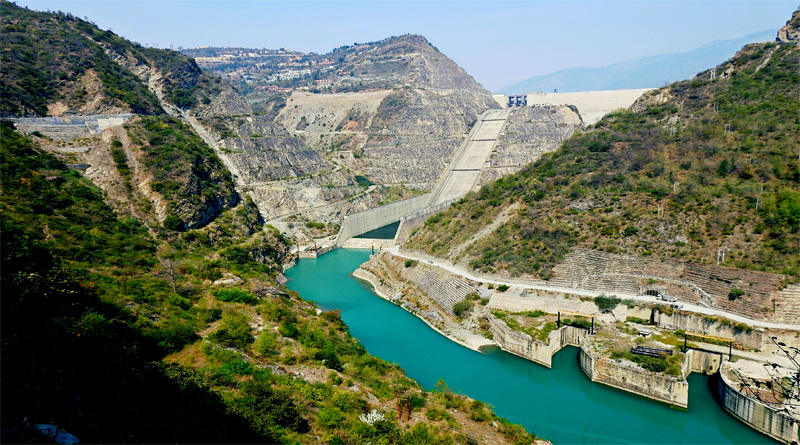

The new guidelines for pumped hydro projects were released on April 10
For the GVK group promoted Alaknanda Hydropower Company Limited (AHPL), the project on the Ganga has never been easy. From stout resistance to the very idea of the dam it has built on the river as it passes through Srinagar town in Uttarakhand, to the many issues it has had to face during construction and beyond, the firm is certainly living the curses of the many people who believed the project to be ill-thought and badly planned.
In 2015, it was a stinker from the National Green Tribunal which issued a notice to the firm to pay damages for its tardy management of floodwaters during the massive floods of 2014. By not keeping informed on floodwater release, it was alleged to have caused significant damage to Srinagar town. By 2016, rejecting the firm’s contention that the June 2013 Uttarakhand floods were an “Act of God”, the NGT had asked AHPL to pay ₹ 9.26 crore to victims in the state’s Srinagar city within 30 days.
As recently as September this year, the NGT again ordered the firm to plug leakages in the water channel of its Hydropower plant. The latest move by the Water ministry, as reported by The Hindu, seems to have finally pushed the firm to counter sue.
The e-flow notification, released in 2018 specifies that the upper stretches of the Ganga – from its origins in the glaciers and until Haridwar – needs to maintain 20 percent of the monthly average flow of the preceding 10 days between November and March, which is the dry season with lower flows due to lower snow melts in winter, 25 percent of the average during the lean season of October, April and May; and 30 percent of the monthly average during the monsoon months of June-September.
The firm claims in its suit filed in July this year that the order is detrimental to its business of generating power, and has claimed damages of almost Rs 4,000 crores to it. For a 330 MW project that purportedly cost just around Rs 4,000 crores to build. In fact, on the firm’s claim that it was required to release only 15 percent flows as environmental flows based on a Uttarakhand High Court order of June 2018, the NMCG, responded with the claim that between May 15-21, 2019 only “5 percent of daily inflows are being released [by AHCL].” That will certainly not endear AHCL to any sympathiser, locally or in the corridors of power.
The shortsightedness and greed that led to the damming of the Ganga have already been proven, both by the damage these projects have caused and the even worse by their sub par performance. Be it the dams in Uttarakhand, or even the disastrous Farakka barrage in Bengal, the obsession with large projects on the river has done incalculable damage to the many states it passes through.
One hopes that the escalation of this issue will enable a more comprehensive investigation into all that has been done wrong to the river, and a sustainable solution can be found in time.
As Kerala strives towards a sustainable future, the Kochi Water Metro Limited (KWML) has revealed…
Kundan Green Energy has acquired Jabalpur MSW Pvt. Ltd., a well-established Waste-to-Energy plant that was…
Agriculture waste to energy conglomerate SAEL is preparing to go public within the next 12…
The Cuttack Municipal Corporation (CMC) and Oil India Limited (OIL) have come together to develop…
India’s Ethanol Blended Petrol (EBP) Programme has emerged as a global benchmark in clean energy…
Refex Renewables & Infrastructure Ltd. has announced that its wholly-owned subsidiary, Refex Green Power, has…